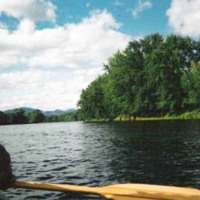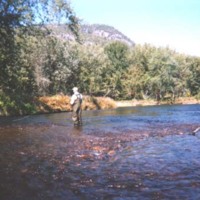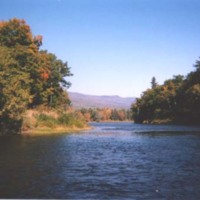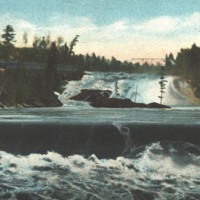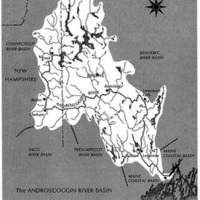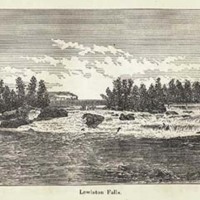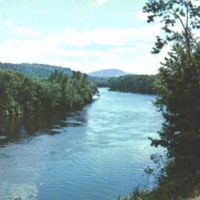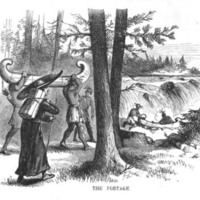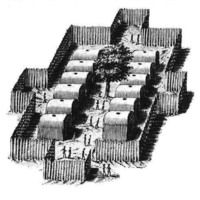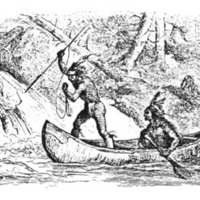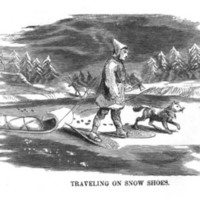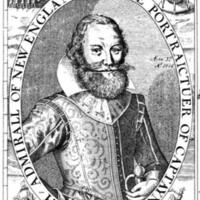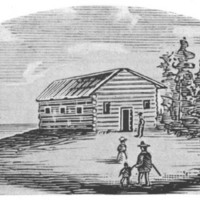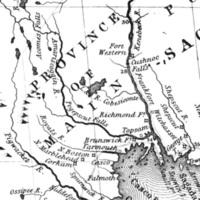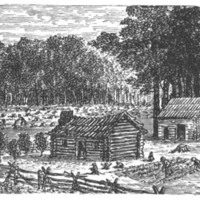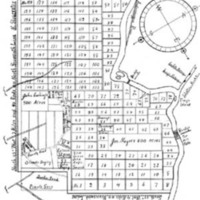Browse Items (74 total)
- Collection: A River's Journey images
A table for measuring logs
Still Image / Available Online
Collection: A River's Journey images
Fishing on the Androscoggin river near Gilead
Still Image / Available Online
Collection: A River's Journey images
Map of the Androscoggin River watershed
Still Image / Available Online
Collection: A River's Journey images
View of the falls between Lewiston and Auburn
Still Image / Available Online
Collection: A River's Journey images
Androscoggin in North Bethel
Still Image / Available Online
Collection: A River's Journey images
Native Americans at river portage
Still Image / Available Online
Collection: A River's Journey images
Native Americans boiling sap, etc.
Still Image / Available Online
Collection: A River's Journey images
Native American stockade
Still Image / Available Online
Collection: A River's Journey images
Native Americans spearing salmon at a falls
Still Image / Available Online
Collection: A River's Journey images
Native American on snowshoes
Still Image / Available Online
Collection: A River's Journey images
Captain John Smith
Still Image / Available Online
Collection: A River's Journey images
Settler's cabin
Still Image / Available Online
Collection: A River's Journey images
Native American camp scene
Still Image / Available Online
Collection: A River's Journey images
Fort George
Still Image / Available Online
Collection: A River's Journey images
1755 Mitchell map detail
Still Image / Available Online
Collection: A River's Journey images
18th century log cabin
Still Image / Available Online
Collection: A River's Journey images
Durham, Maine lot and range map
Still Image / Available Online
Collection: A River's Journey images
Route 2 west of Hanover
Still Image / Available Online
Collection: A River's Journey images
Route 2 and Androscoggin River in Bethel
Still Image / Available Online
Collection: A River's Journey images
Ice cutting
Still Image / Available Online
Collection: A River's Journey images
1880 map detail showing Gilead
Still Image / Available Online
Collection: A River's Journey images

